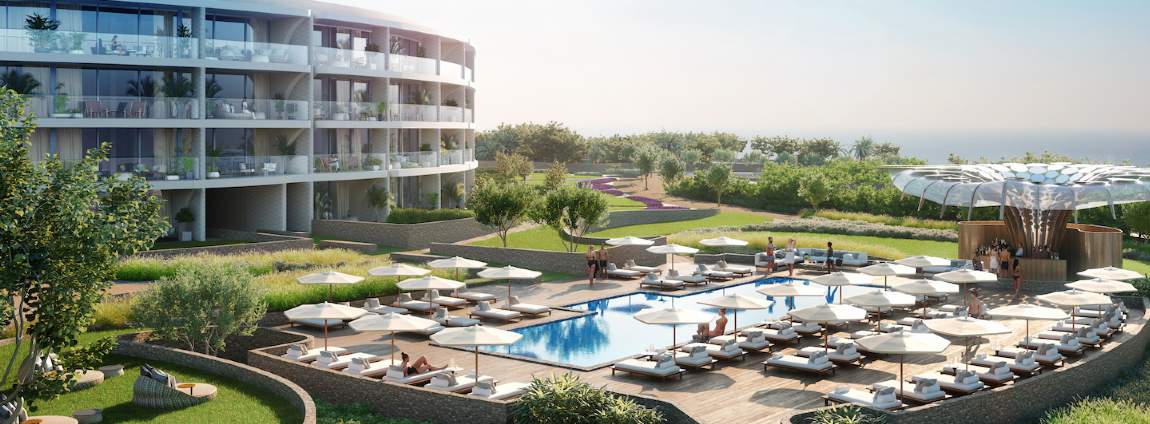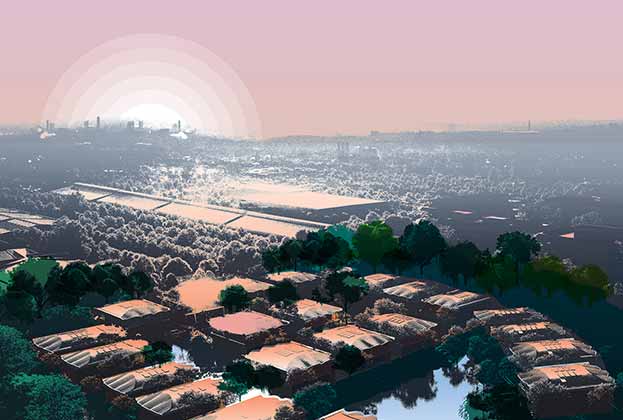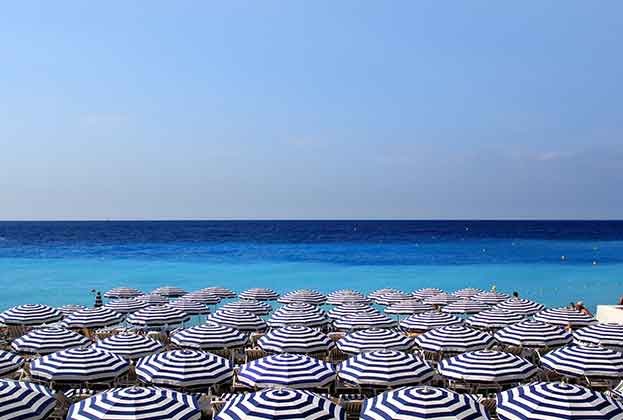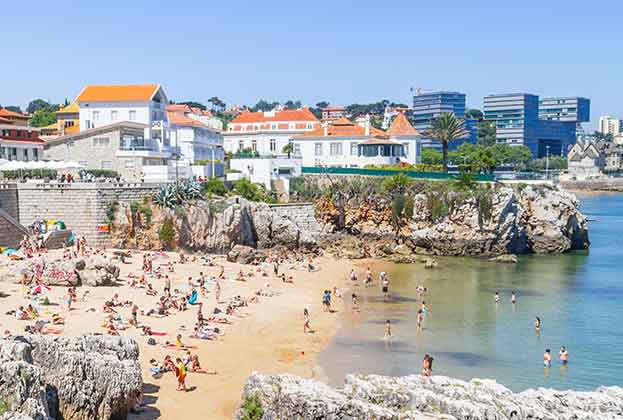In our last blog on branded residences (What buyers want to know about branded residences) we highlighted some of the common queries buyers have. In this blog we pivot our focus to answer the questions frequently asked by developers and investors who might be interested in entering this growing sector.
Are all residential developments suitable for branding?
Any successful residential developer knows their target market – for branded residential schemes, this means that due diligence should suggest that the target market would respond well to, and ideally pay more for, a particular brand.
Currently, the markets that have been seen to respond best to branded residences are either wealthy, lifestyle-oriented buyers, investment-focused purchasers or mixed-motivated buyers that seek both an element of personal occupation and a reasonable yield – schemes which provide product that can meet the expectations of these buyer markets are usually most suitable for branding.
Consequently, branded residential schemes rarely target primary residence markets and are most commonly found in popular second-home/tourist destinations or prime city centres.
How much value will branding my development add?
The added value that a brand can bring to residential sales revenue is called a brand premium and is usually calculated on the price per sq m. Savills has developed a bespoke methodology for isolating the added value of the brand alone and the 2020 average brand premium globally was 31 per cent.
Of course, this can vary hugely by brand and location, with the highest premiums usually achieved in less mature housing markets where the brand is trusted to guarantee quality and have a higher resistance to market volatility. But it should be remembered that brands often have build/fit-out specification standards that they will require developers to meet, and this may lead to higher construction costs.
The brands themselves will also require remuneration, in the form of design and technical fees, annual management fees and, most significantly, a brand royalty fee that is calculated as a proportion of the sales revenue (this can depend on a number of factors but usually sits between 2.5 per cent and 6 per cent). For a developer, therefore, it is important to consider not only the gross brand premium but also the net brand premium.
Do developers have to partner with a hotel brand?
The branded residential sector has been traditionally dominated by hotelier brands whose existing operational models can be adapted to facilitate residential and rental management. Hotelier brands can also offer cost efficiency, with the hotel and residences sharing facilities, services and staff (in co-located schemes). Of course, within the hotelier branded residential sector, there is a huge variety of choice – not only within the traditional categories of Luxury, Upper-Upscale, Upscale, and so on, but also considering the target buyer market’s impression/value of a particular brand and the brand’s own ambitions.
Increasingly, non-hotelier brands (known as lifestyle brands) are entering the sector and expanding the potential pool of branding partners – in the next four years, 11 new lifestyle brands will be entering the market. These brands have the potential to connect with different buyer markets, differentiate a scheme within a local market and will usually require smaller royalty fees. Developers partnering with lifestyle brands will need to additionally source the operational side of the model but for some developers, who prefer to operate their own assets, this will be a benefit. These advantages are countered by risks. Most importantly, will a lifestyle brand have the same impact on buyers as hotelier brands, thereby justifying the same premiums?
For developers who are less experienced in the branded residential sector, hoteliers with dedicated in-house teams and considerable track records may be able to offer more support throughout the process than most lifestyle brands who are relatively new to the branding process.
Further information
Read more: What does the future of branded residential look like?
Branded residences: what are they and why are they so successful?






.jpg)

.jpg)

